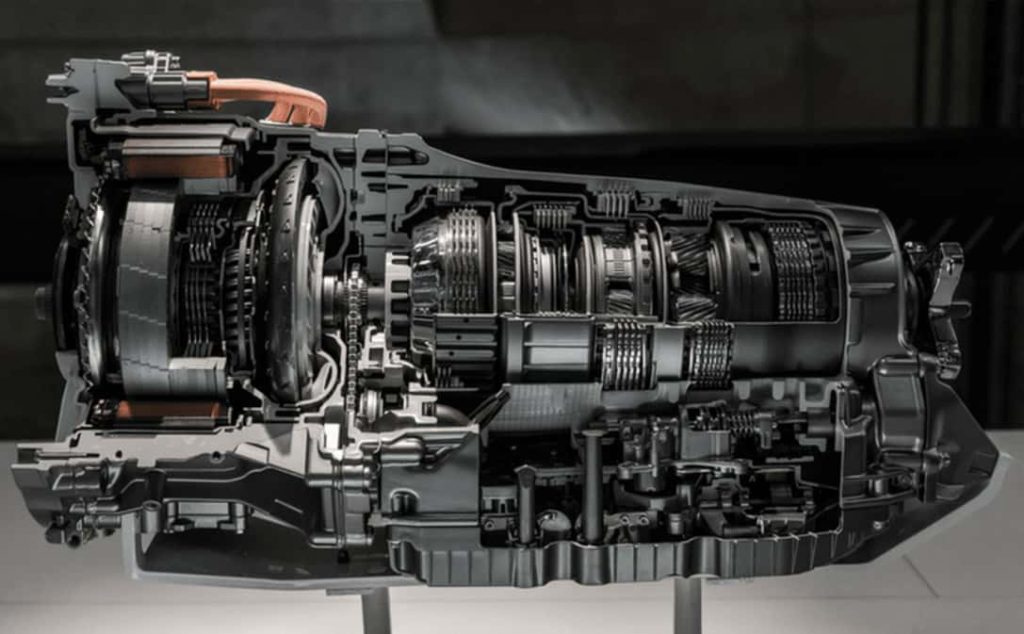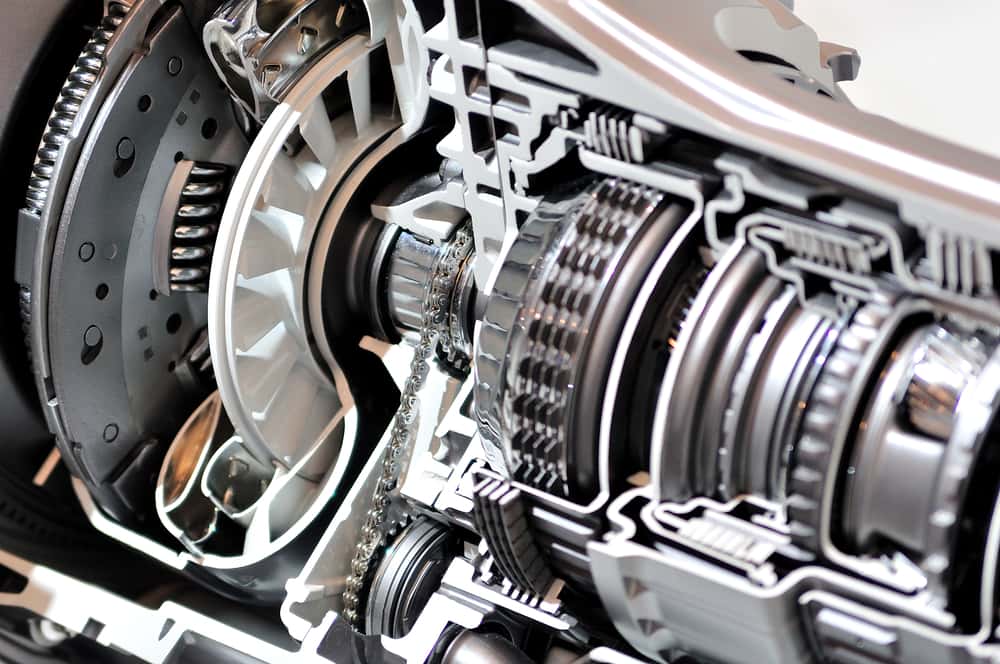When you encounter an issue with your transmission slipping but no codes, this can be concerning.
Unfortunately, transmission slipping can happen with any vehicle. This is often characterized by a loss of power or a lag in acceleration when your vehicle is in gear. This problem can be due to a number of factors, and it can be tricky to diagnose and troubleshoot if there are no error codes present.
Today, we will discuss the reasons behind the transmission slipping but no codes issue and what you can do about it.

Transmission Slipping But No Codes – Causes
So you may have been noticing that your transmission is slipping, yet there are no codes. Have you ever wondered why?
There are many reasons why your transmission may slip, and we will discuss these below.
1. Low transmission fluid level
Among the most common reasons for this problem is low transmission fluid levels. If your fluid levels are too low, the transmission may not have enough lubrication to function properly, causing it to slip. This is why you will need to top up the transmission fluid to make sure that it is adequate for your transmission to function correctly.
2. Damaged transmission parts
Your transmission contains many parts, which need to be in good condition to make sure your transmission works as it should. So, when you have worn or damaged transmission components can also cause the transmission to slip. These components include the gears, clutches, and bands. If any of these components are worn or damaged, they may not be able to properly engage or disengage, causing the transmission to slip.
Check if you need to get any of these parts replaced or repaired, which should be able to address the problem appropriately.
3. Faulty control module
A malfunctioning control module can also cause the transmission to slip. The control module is responsible for controlling the transmission’s shifting patterns and adjusting the transmission’s internal pressure.
However, if you have a faulty control module, then it fails to control the shifting patterns of your transmission. This is why slipping issues may occur.
4. Torque converter concerns
Another possible cause of transmission slipping is a problem with the torque converter. The torque converter is a device that connects the engine to the transmission and allows the transmission to “slip” when the vehicle is idling or at a low speed. If the torque converter is malfunctioning, it may not be able to properly “slip” when it should, causing the transmission to slip.
How To Fix Slipping Transmission Issue

When your transmission slips a lot, you will need to address this issue based on the actual cause of the problem. A slipping transmission means there is power loss or an acceleration lag each time your vehicle is in gear. Unfortunately, when there are no error codes, it can be quite tricky to diagnose and fix.
But thankfully, there are a few things you can do to fix this issue without the help of a mechanic. Here they are.
1. Check your transmission fluid levels
Before you do anything else, you can first take a look at the transmission fluid level you currently have. This is usually the reason why you may encounter slipping transmission problems. When there is a low fluid level, there is not enough lubrication to help it to function properly.
This is why you need to make sure that the transmission fluid levels are at the correct level, and that the fluid is clean and free of debris. If the fluid levels are too low, add more fluid as necessary. If the fluid is dirty, change the fluid and filter. Cleaning the filter or completely replacing it makes sure that there is no contaminant getting into the fluid.
2. Inspect the transmission components for damage
You need to make sure that all the transmission components such as gears, clutches, and bands are in good working condition. If any of these components are worn or damaged, they will need to be repaired or replaced. You may either install a new component by yourself, or you can take your vehicle to a mechanic to have the job taken care of by a professional.
3. Make sure the control module is in good condition.
You may have a problem with the transmission slipping because of a control module problem. This is why you will need to check your control module to be sure that it is working as it should. Otherwise, a replacement or repair may be needed to have the issue sorted out.
Other things you need to take note of include checking a few components that may be causing your transmission to slip. These parts include your torque converter, transmission filter, and transmission mount. If you have a leak in your transmission lines, then it may also cause the transmission fluid to become low, which will cause the fluid to go down.
Also, it is best to check a few other parts such as the transmission cooler, which must be free from clog and debris. You also need to inspect your transmission control solenoid, as if there are malfunctions, you need to have this part replaced or repaired by a professional.
Read More: Why Does My RPM Go Up And Down While Parked? Find Out Here!
Final Word
When you have an issue with your transmission slipping, it can indeed be frustrating and inconvenient. This is why we have enumerated potential reasons why this happens and what parts need to be checked or replaced to make sure this issue is prevented or addressed.
Be sure that you have the right fluid level required, and that the transmission components are all in good working condition. We also advise that you take your vehicle to the mechanic when problems arise and you are unable to diagnose the issue yourself. This way, professional work can be done and get the issue sorted out by an expert.